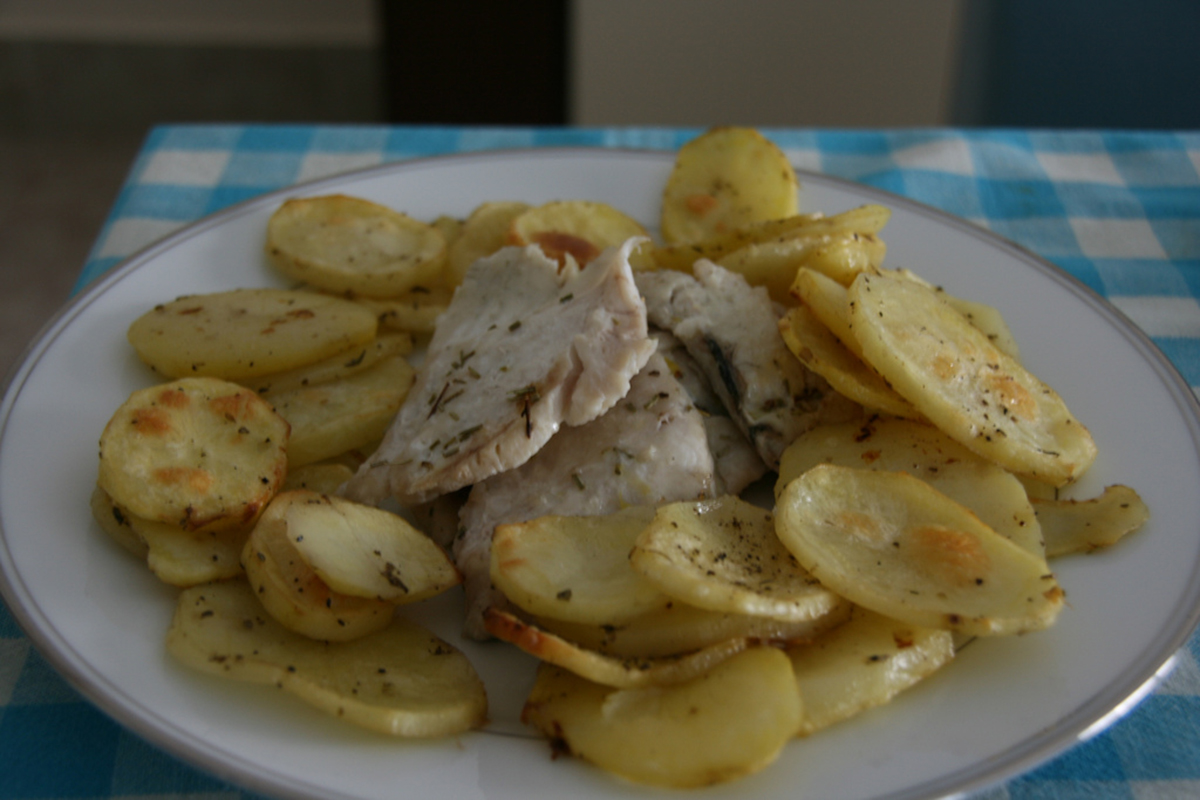Table of Contents
Trey and Sally had left their wedding reception directly for the airport for a dream vacation in the Bahamas. Their sey had snorkeled and sunbathed all morning, and for lunch they had a delicious meal of exotic barracuda. A few hours later they became violently ill. They experienced vomiting and diarrhea, and they had to make a trip to the emergency room that night to get treatment for dehydration. It was certainly a memorable day on their honeymoon.
What had gone wrong? It turned out that Trey and Sally had been poisoned by a tiny microorganism known as Gambierdiscus toxicus. This one-celled organism is a member of a group of marine microbes that sometimes make their own food with photosynthesis and sometimes hunt down other microbes hiding on seaweed or bleached coral. To another microbe, an encounter with Gambiercus is deadly. It is paralyzed and quickly gobbled down by the predator.

However, for many tiny fish that live in seaweeds or hide in bleached (dead) coral, Ganbiercus is lunch. They are predators of the predator microbe, at least until they are themselves eaten by larger fish, which are in turn eaten by larger fish. The toxin the microbe uses to kills its own prey is concentrated at each step of the food chain, so that it builds up to levels that can affect humans in barracuda, amberjack, snapper, parrotfish, triggerfish, moray eels, and grouper. All of these fish can accumulate toxic levels of the toxin ciguatera.
What Is Ciguatera?
Who Gets Ciguatera Poisoning?
- Friedman MA et al. Ciguatera Fish Poisoning: Treatment, Prevention, and Management. Mar Drugs. 2008 September. 63:456-479.
- Photo courtesy of Marco Zanferrari via Flickr: www.flickr.com/photos/tuttotutto/3497623155
- Photo courtesy of zenilorac via Flickr: www.flickr.com/photos/zenilorac/2114822861


Your thoughts on this